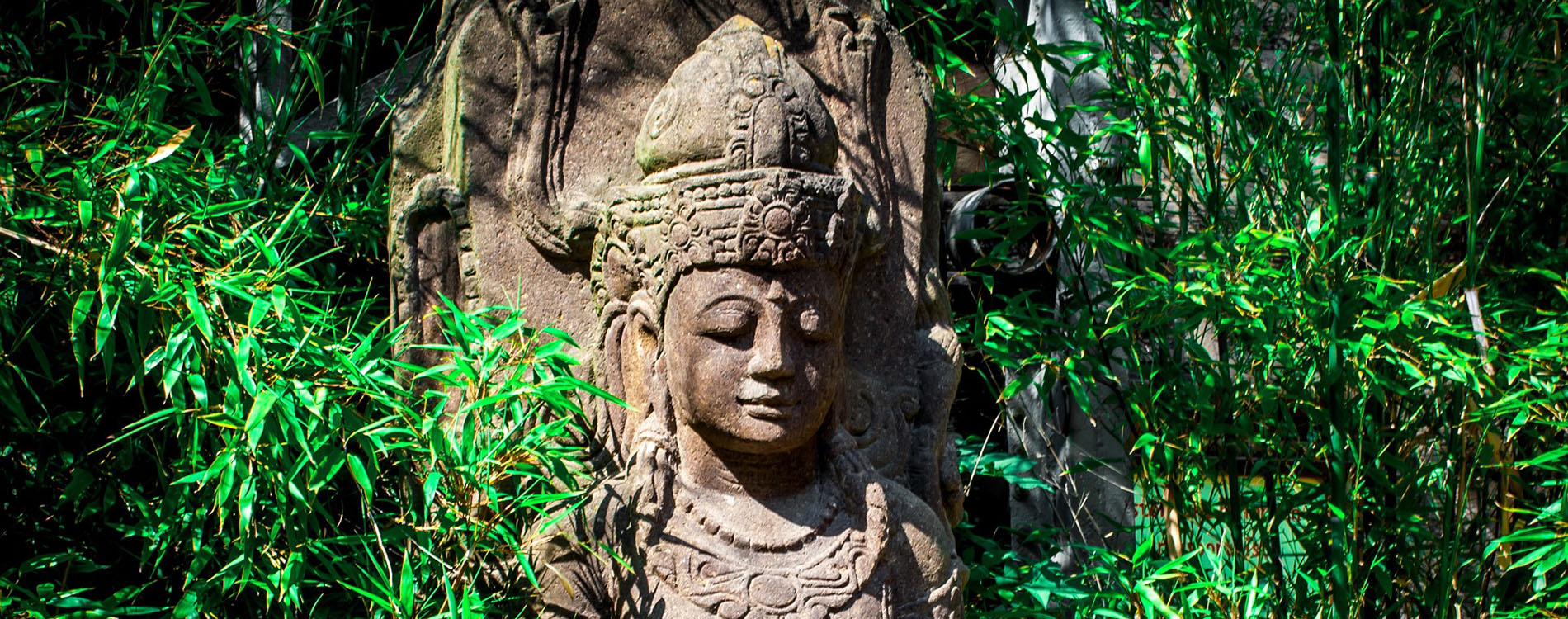From the beginning of the second millennium A.D. begins the era of the Islamic conquests of the lands of India. The conquerors were various peoples who had once converted to Islam: Arabs, Persians, and Turks. Islamist states, such as the Delhi Sultanate (which lasted from 1206 to 1526) and the Mughal Empire (which existed from 1526 to 1803) emerged in the lands of India through these conquests. Because of the spread of Islam in India, the position of Hinduism is ambiguous. On the one hand, in many principalities it retains its dominant position; on the other hand, in conquered lands it cedes supremacy to Islam. But Islam does not succeed in completely eradicating Hinduism from the conquered lands. Hinduism proved to be a very resilient religion, capable of effectively resisting foreign influence. Resistance to Islam during the Middle Ages was of two types – active, in the form of armed struggle by Hindu principalities against the Islamic states of India, and passive, in the form of rejection or, conversely, absorption of elements of an alien religion. It should be noted that the second type of confrontation strategy was successfully tested by Hinduism on Buddhism, thanks to which Buddha was included in the Hindu pantheon (as the ninth avatar of Vishnu) and his teachings were given an appropriate “orthodox” interpretation. Over time, on the basis of Islamic influence, monotheistic tendencies strengthened in the religious philosophy of Hinduism, although this “philosophical monotheism” remained purely Hindu in nature in its specificity. The sometimes tolerant policies of the rulers of these states also strengthen the position of Hinduism in the Islamic states of India. One example of adherence to the principles of religious tolerance in state policy is the rule of Akbar, ruler of the Mughal Empire, who had a rather warm attitude toward Hinduism. Thus, despite pressure from Islam, Hinduism retained its position as India’s national religion both in the Middle Ages and the early Modern Age.
In the 19th century, when India was under English rule, the process of modernization of Hinduism began. At the head of this process became the Indian intellectual elite, concerned about the growing pressure on the national culture of the European culture. An interesting fact is that many of this elite had in their time a serious familiarity not only with Islamic culture but also with European culture, so that they could combine this familiarity with knowledge of the best achievements of their native culture. Such were, for example, Ram Mohan Roy, founder of the Brahmo Samaj Society, and Ramakrishna, whose teachings formed the basis of Neo-Vedanticism.
The main trends in the modernization of Hinduism in the 19th century were: reinterpretation of Hinduism in a monotheistic spirit, criticism of the caste system of social organization and advocacy for abolition of some ancient customs, such as the custom of early marriage or the custom of sati, and a broad educational popularization of the spiritual heritage of Indian culture. Characteristic was the emergence of public organizations engaged in propaganda of the above views. The most famous of them were Brahmo Samaj (founded in 1828), Arya Samaj (1875, founder Dayananda Saraswati) and Ramakrishna Mission (1897, founder Vivekananda, Ramakrishna’s closest disciple).
The special features of the modernization of Hinduism were the opening of a dialogue between Hinduism and other religions (Islam, Christianity) and the search by prominent religious figures in nineteenth-century India for some kind of universal religion that incorporated the spiritual experience of other religions. This search and dialogue was realized, in particular, in the teachings and activities of Ramakrishna and his followers. Ramakrishna himself put forward the concept of unity of all religions; his disciple and colleague Vivekananda brilliantly spoke at the International Religious Congress in Chicago (1893), introducing the general public to the basics of Indian religious philosophy, and he made the presentation himself understandable and close to people of Western culture.
The processes of modernization of Hinduism continued into the twentieth century. For the most part, they retained the trends that had emerged in the nineteenth century. These trends, in addition to culture, also influenced the social and political life of India in the last century. For example, the reformist demands for the abandonment of the rigid caste division of society, the abolition of a number of ancient customs (sati, early marriage), and the calls for the equalization of women’s rights with men made by such 19th century figures as Keshobchondro Sen and Dayananda Saraswati were realized in the domestic political course of India after its independence in 1950. A special phenomenon for Hinduism in the twentieth century was the export of some of its elements to the cultures of other countries, in particular such as the United States and the Soviet Union.
